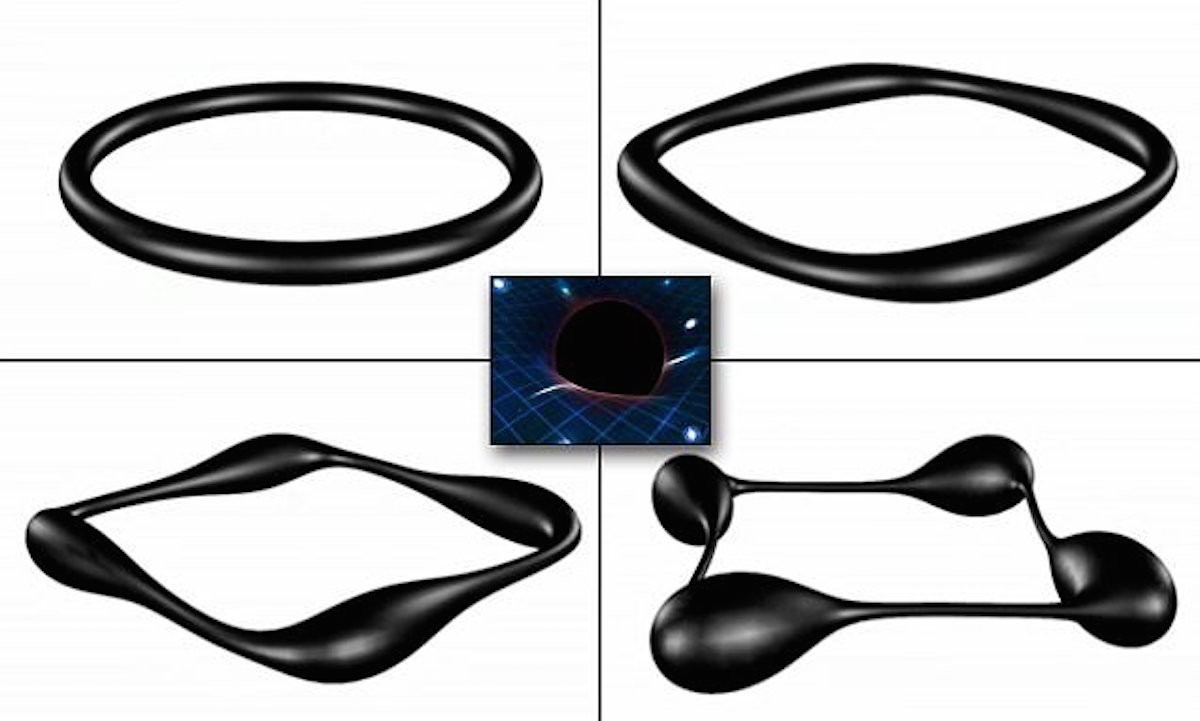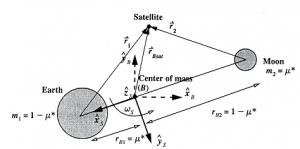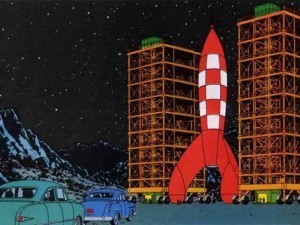A new black hole model will not “break” relativity. Relativity works just fine, thank you very much, and no computer simulation of a five dimensional black hole will change that fact. So why are science headlines making such a claim? It all starts with a new paper in the Physical Review Letters that focuses on the cosmic censorship hypothesis.
A troublesome aspect of black holes in general relativity is that all of a black hole’s mass collapses down to a region of infinite density known as a singularity. Other models like classical electromagnetism also have singularities, but they tend to be more of a mathematical remnant we can deal with. In relativity, the gravity within a black hole becomes so strong that matter is inevitably compressed into a physical singularity. At that point relativity “breaks down” in that it simply can’t tell us what’s going on. All physical models “break down” when you have a physical singularity. This is nothing new, and doesn’t mean that relativity is wrong, simply that there is a limit to its usefulness as a model.
The general consensus about black hole singularities is that a more general quantum theory of gravity will address the issue, likely by eliminating singularities from the equation. But until then one work around is to note that a black hole’s singularity is enclosed by the event horizon. Since nothing can escape the event horizon of a black hole, the singularity is safely hidden from the universe, so we don’t really have to worry about it. This is known as the cosmic censorship conjecture. There are difficulties with this idea when it comes to quantum theory and the information paradox, but that’s another story. If a singularity weren’t hidden by the event horizon, then it would be a naked singularity, and the cosmic censorship conjecture would be violated. Computer simulations have shown that naked singularities can form according to general relativity, but the known examples require unusual ideal conditions that aren’t likely to happen in the real universe. So it’s generally thought that real black holes can’t have naked singularities.
This new work looks at black holes in a 5-dimensional version of relativity (rather than the usual 4-dimensional relativity of our universe). In 5D relativity black holes that aren’t spherical can form, and the paper looks specifically at torus-shaped black holes with a ring singularity in the middle. From computer simulations the team found that thin torus black holes could develop an instability in such a way that a naked singularity could form. Interesting work, but not earth-shattering news.
So to sum up, singularities in general relativity are a problem (which we knew). Naked singularities can form under special situations (which we knew). Naked singularities can form in hypothetical 5D versions of relativity as well (not really surprising). Naturally the headlines read “New Model Breaks Relativity!”
(Facepalm)
Paper: Pau Figueras, et al. End Point of Black Ring Instabilities and the Weak Cosmic Censorship Conjecture. Phys. Rev. Lett. 116, 071102 (2016) arXiv:1512.04532 [hep-th]












Comments
The press release for this result was titled, “FIVE-DIMENSIONAL BLACK HOLE COULD ‘BREAK’ GENERAL RELATIVITY”, which is why I didn’t write about it. I get ornery and contrarian when I get releases written that way.
For some reason I still click the headline, then close the tab after “Scientists are baffled”